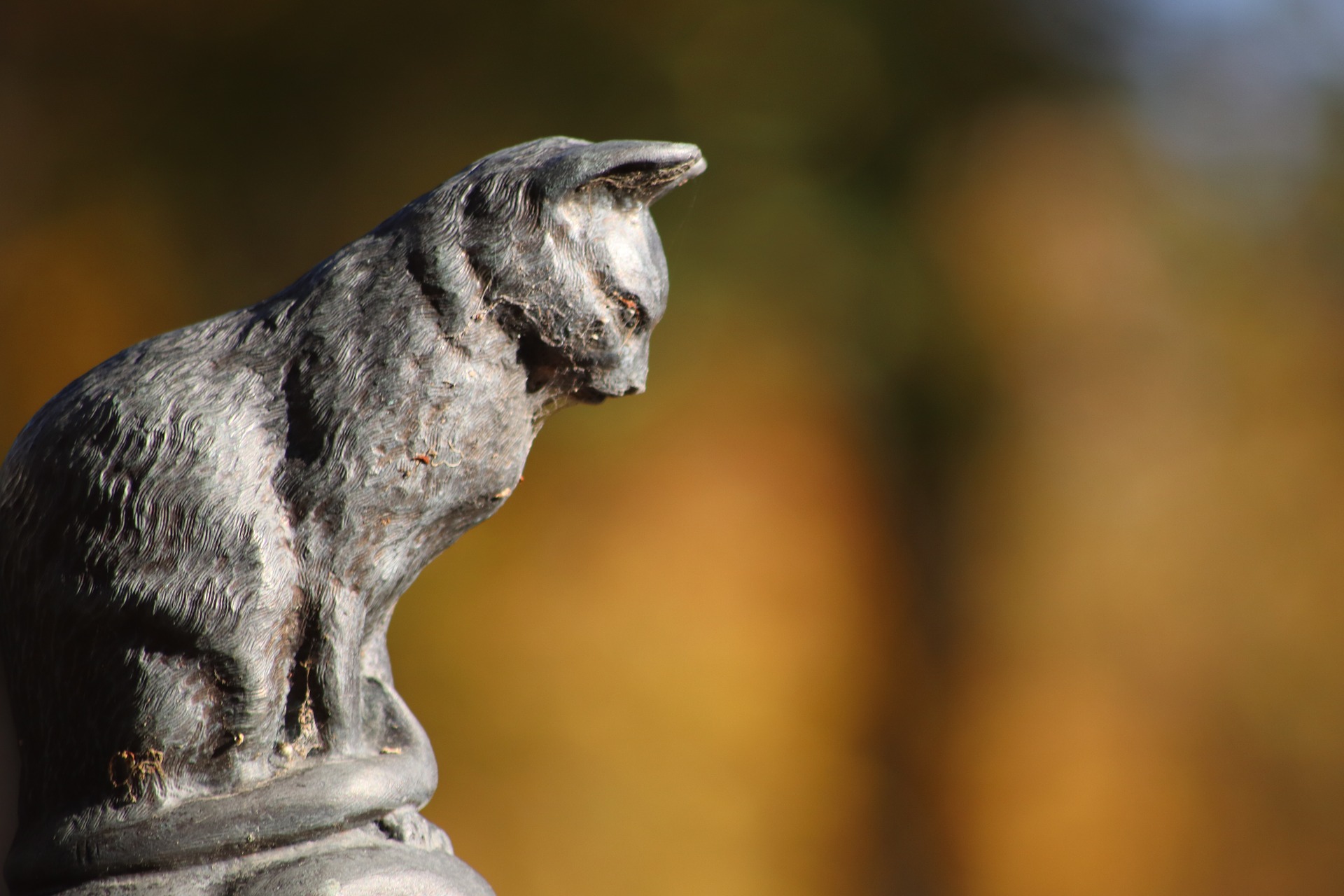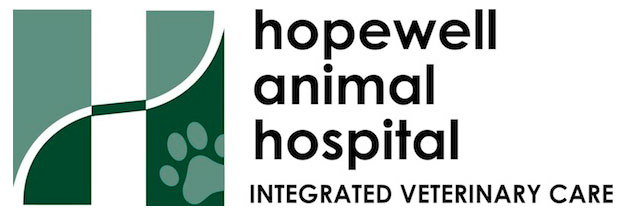
So far we have tried to define Quality of Life (QoL) and we have looked at some scales to help us evaluate QoL, this post we will examine improving QoL. If we look closely there are many ways to improve your pet’s QoL, they can vary from very simple things that you can do at home to some interventions that will require veterinary assistance.
First, let’s look at comfort: many pets in the end stage of life are very arthritic or have lost a considerable amount of muscle. They may not be able to move well or even walk at all. To increase your pet’s comfort we can start with some changes to bedding. Remember, we must protect the entire body but especially the bony joints, such as hips, elbows, and knees. These areas are very close to the surface of the skin and are often the first to suffer from muscle loss. There are many orthopedic pet beds available, the increased thickness can protect these sensitive areas but remember with the increased thickness your pet may have trouble getting into the bed. Also remember to make sure the bedding cover is able to be removed for laundering. If wounds develop, please contact us to discuss options, sometimes we can prescribe creams that will help, but as older pets do not heal as well it is important to address any issues early. It is very important to change your pets position often if they are unable to perform this themselves.
Mobility is also very important. Many pets can be candidates for carts, there are many companies that will manufacture these for you. We are very happy to help you measure your pet. Just set up an appointment. There are carts that can be custom made for dogs that are paralyzed in the rear legs or the front legs. Being paralyzed does not need to decrease the pet’s quality of life. We have had patients that did great in these carts, there are, however, special requirements for the care of those pets. In fact, I remember one dog who had different wheels for each season. Studs for winter and mud tires for the spring!!
Hydration must also be addressed, many older pets have trouble getting to the water. Please remember to bring it to them. You can try different size bowls, water fountains, and even flavor the water with chicken broth (just watch the sodium). There are several products that can add calories and moisture for your pet, for short term use we can investigate the use of feeding tubes such as a nasogastric tube which is a not invasive to put in. In many older pets we will use fluid therapy at home. In this case we will teach you how to administer fluids by injection.
Often the older pet feels left out of daily family activities. One study showed that almost 90% of cats over the age of 10 have some type of arthritis. So for the older cat that is accustomed to sitting on your lap, you can help them by picking them up. Stairs and ramps can be helpful for both dogs and cats but it can take some training to teach them to use those devices. It is also important to make sure that your pet is able to spend time with the family, try to keep your pet in the room by providing a comfortable bed to be on when around the family.
Dementia can also occur in older pets, both dogs and cats. There are several things that can be done to help mitigate the signs of dementia, for dogs there are foods that have been proven to help with dementia. Hills b/d diet has been shown to help dogs with dementia, there are also several supplements that can be helpful. It is important to not move around furniture with the older pet who’s vision is decreased. After pets have lived in an environment for years they know their way around the house. Several years ago we treated a cat that had lost both eyes. When we visited the cat in his own environment he was jumping from couch to couch and running around the house as if nothing was wrong.
Another area that we need to be aware of is self-grooming and hygiene. Many pets, as they get older, start to decrease the amount of self grooming that they do, possibly due to decreased mobility/arthritis, or sometimes because they are becoming a little senile, or possibly just don’t feel well enough or have enough energy. It will be beneficial if you can brush and groom your pet as needed to maintain a clean and knot free coat. Often we can determine the causes of decreased grooming with an exam, and can help relieve the underlying problem. Also in the area of grooming maintenance, are pets who may soil themselves with either urine or feces. There can also be several reasons for this. It is important to clean these pets regularly because these waste materials can be very irritating and damaging to the skin, creating even more problems. You can use very mild shampoos or even water-less shampoos if it is too difficult to get your pet into the tub. If your pet is experiencing problems with soiling, we should give them a thorough diagnostic workup. If your pet has urinary problems or some neurologic problems they may not be able to fully empty their bladder, this can lead to very malodorous urine which can indicate an infection, often times an antibiotic can solve this problem.
In our next blog post we will examine some of the emotional and spiritual aspects of aging pets and euthanasia.
